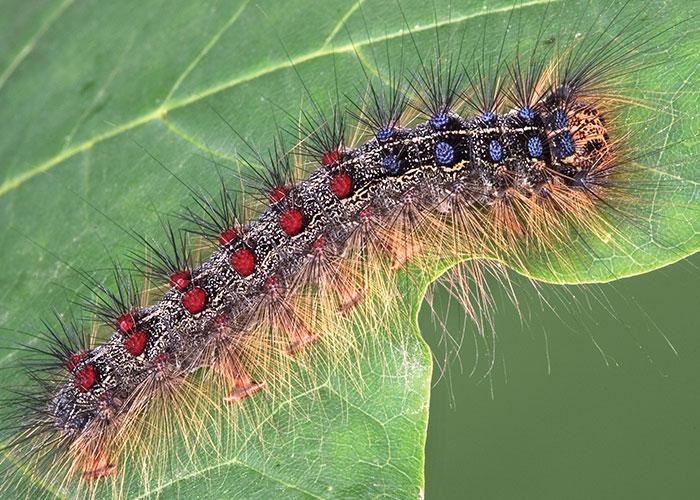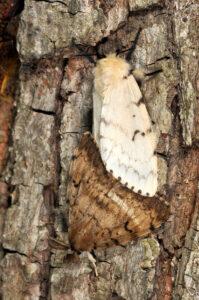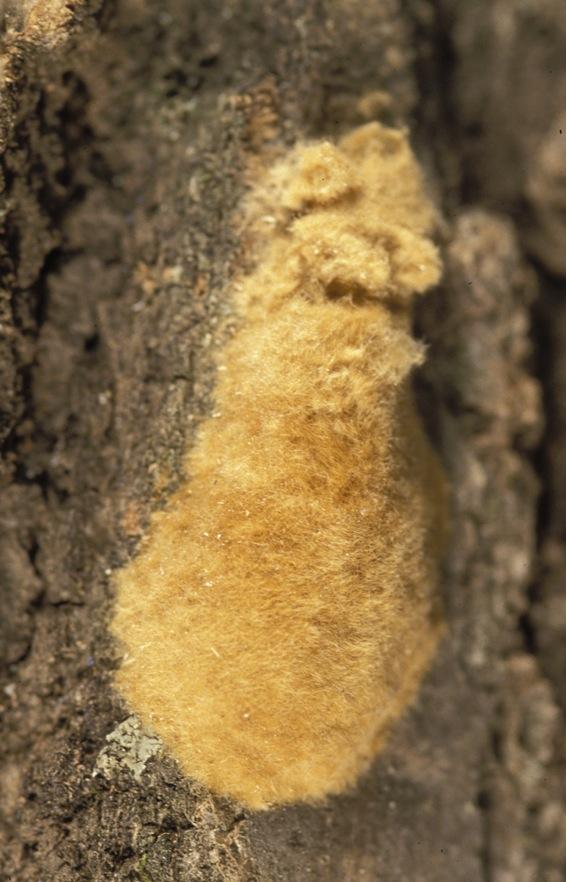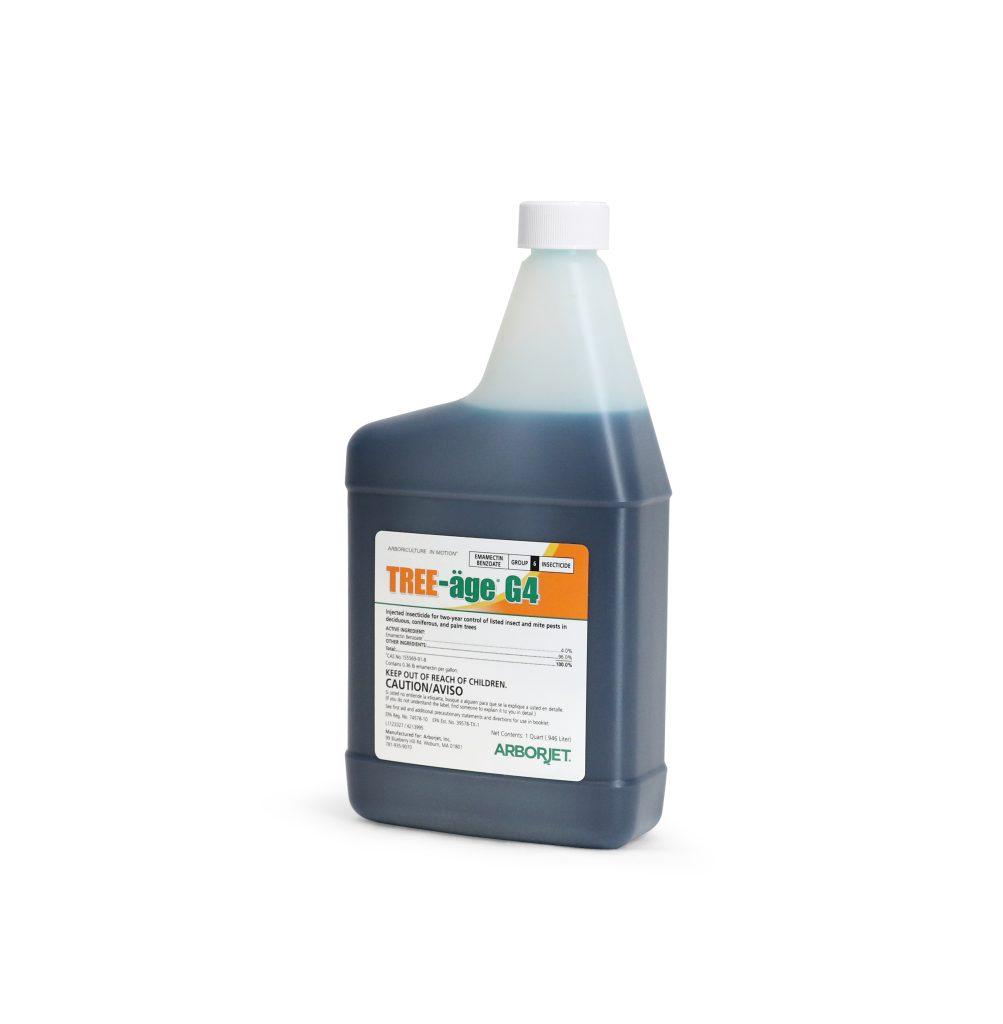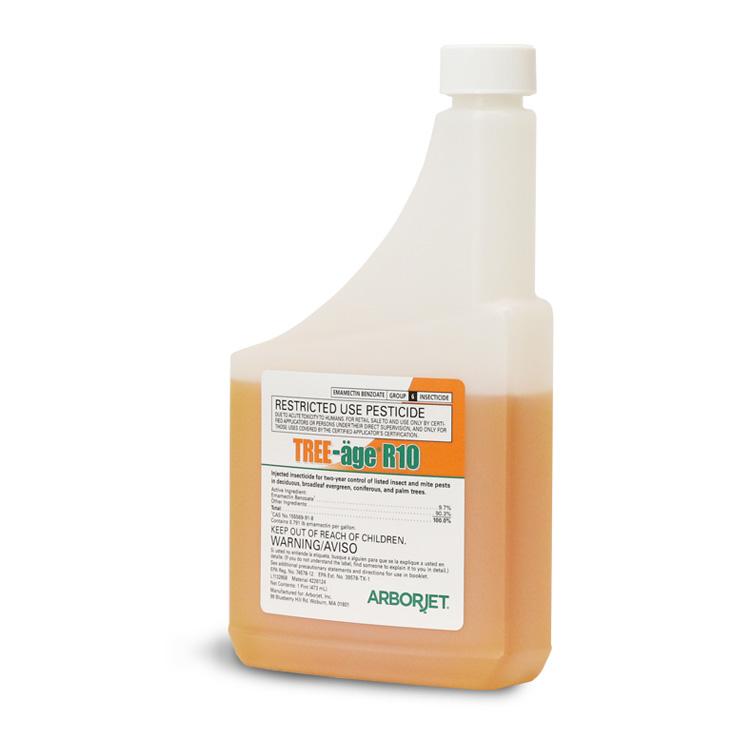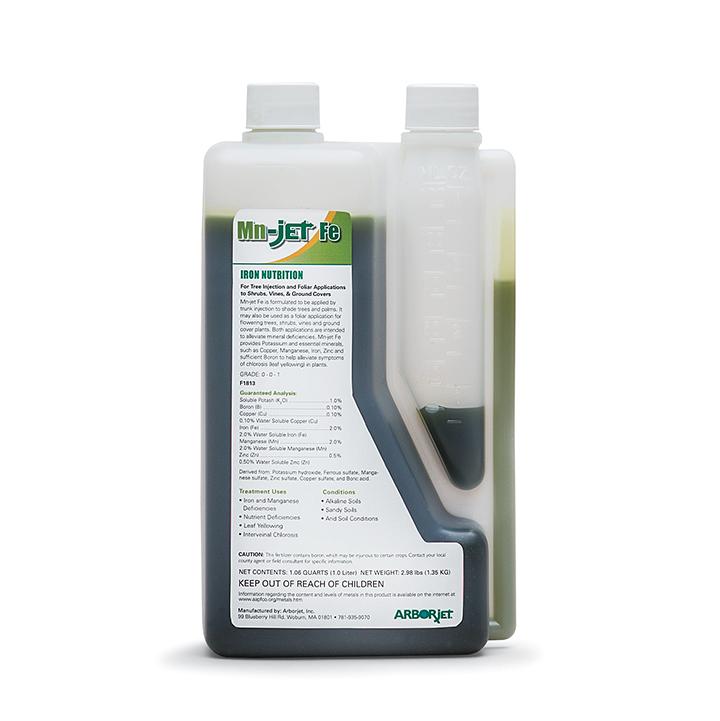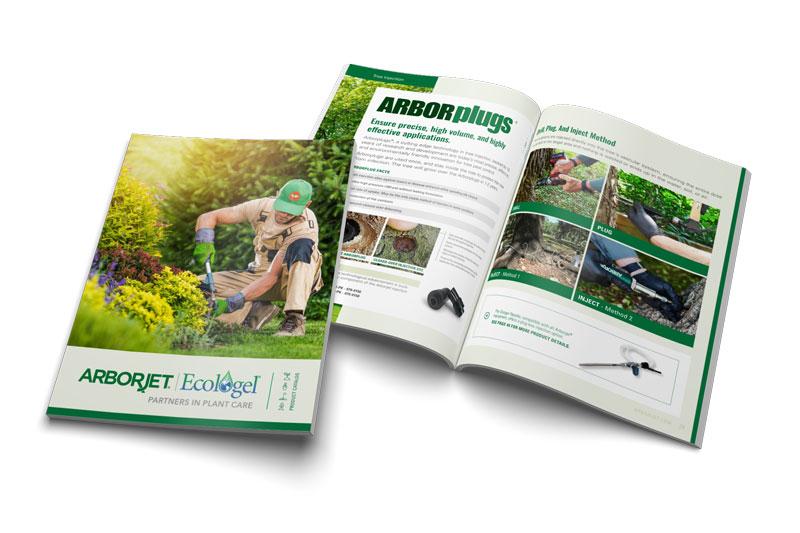Spongy Moth
Spongy moth (SM, Lymantria dispar) is an introduced leaf-feeding caterpillar that can defoliate and kill several oak species. ‘Spongy’ refers to the texture of the egg masses, the life stage in which the moth spends most of its life.
SM was accidentally introduced to the United States in the 1800’s and originally brought to the U.S. to manufacture silk, it subsequently escaped and has caused extensive foliar damage to a diverse array of deciduous trees. Under wet, rainy conditions, spongy moth populations can be naturally controlled by a fungus (Entomphaga maimaiga), first observed in 1989. Recently, there has been a resurgence of spongy moth populations in the eastern United States, largely due to prolonged, dry springs, which prevented fungal establishment.
Spongy moth is a forest and urban pest in the eastern United States. Caterpillars feed on a multitude of tree species, and when they reach high population densities, they will feed on almost any tree or shrub. Their preferred species include oak, maple, beech, birch, hawthorn, apple, poplar, and willow.
Common Symptoms
Dark colored, hairy caterpillars with 5 pairs of blue and 6 pairs of red dots lining their back can be seen in May and June. White female and brown male moths are active throughout July and August. The caterpillars are responsible for tree damage, feeding on foliage and stressing the tree. Trees that are completely defoliated may re-foliate 3-4 weeks after feeding ends; however, this requires the trees to expend an enormous amount of energy. As a result, repeated defoliations may kill the trees or severely weaken them, making them vulnerable to secondary mortality factors, such as two-lined chestnut borer, Agrilus bilineatus.
Treatments
Trunk injection with any of the TREE-äge® family of products will provide both preventative and curative control depending on the time of year treatment is applied. We recommend treatment in late September, which will minimize early pest damage the following spring. A follow up application of Mn-jet Fe™ is recommended, to supply essential nutrients to support foliar development without added nitrogen.
References And Photo Credits
Spongy moth caterpillar photo via Shutterstock
Spongy moth female and male mating taken by John Obermeyer
Damage taken by John Ruter, University of Georgia, Bugwood.org
Egg Masses taken by Cifáre/Slovakia

